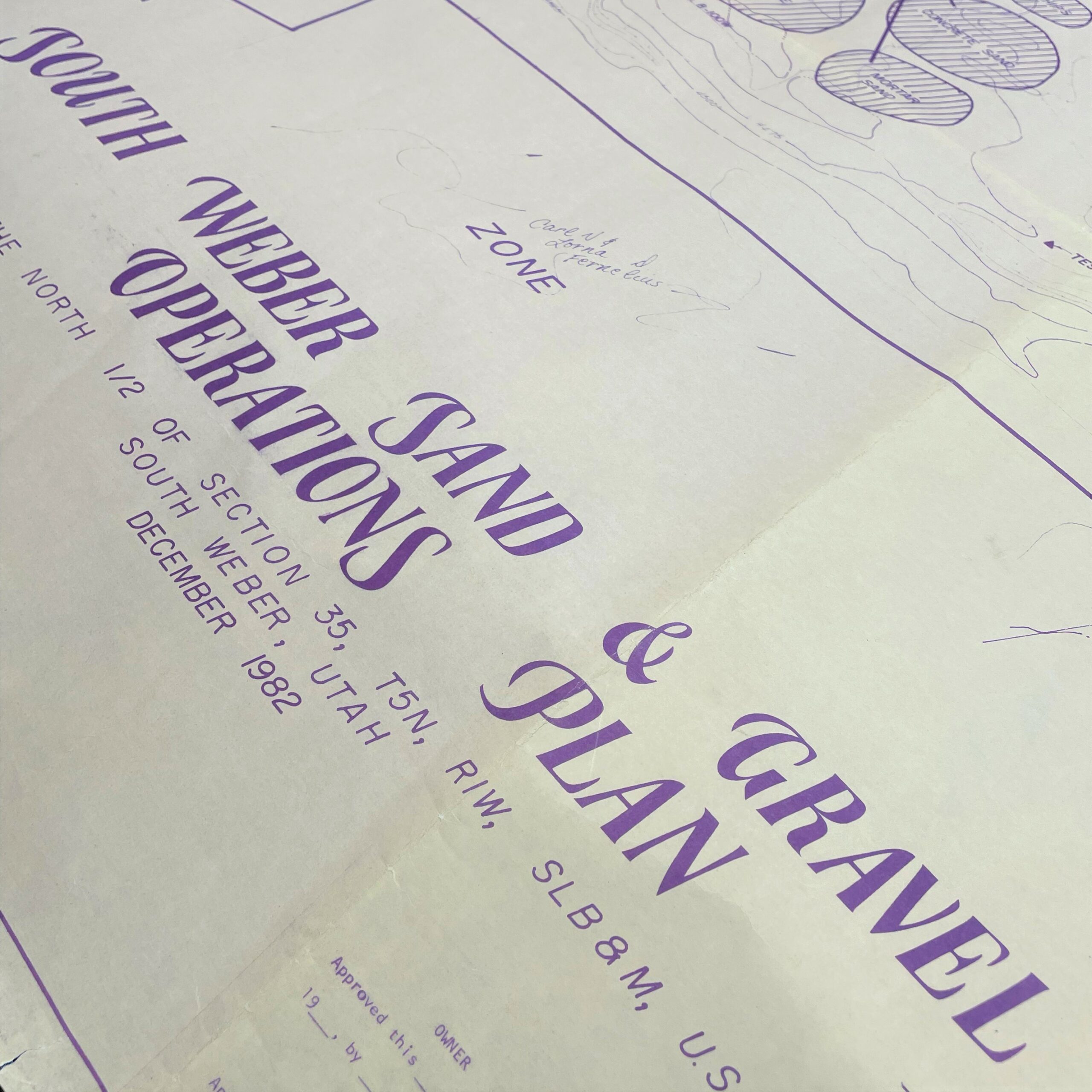Gravel Pits
HISTORY OF THE GRAVEL PITS
The gravel pits have been part of the local landscape as far back as the 1930s. This was prior to the incorporation of the Town of South Weber in 1938. Further expansion of the pits began in the 1960s. Operations continued and in 1991 Parson Sand and Gravel (now Staker Parson) tunneled under South Weber Drive (old route) to excavate the north side. The upcoming 2002 Salt Lake City Winter Olympics created the need to reroute South Weber Drive to create a new interchange. This process merged the northern pit and southern pit of Staker Parson.
In 2003 the City entered into a Fugitive Dust Monitoring Agreement with Staker Parson and Geneva Companies. That same year Staker Parson and South Weber City agreed to a development agreement for the Company to expand operations. This development agreement works to provide more direction on dust mitigation efforts, incentives for the city, and enforcement measures. This agreement expires in 2025 with the Fugitive Dust Monitoring Agreements expiring in 2028.
DUST MITIGATION EFFORTS
The owners and operators are responsible to conduct business in a safe way to ensure that they meet or exceed health requirements set by the City via development agreement or city code and the Utah Department of Air Quality. This consists of multiple dust mitigation strategies, including water trucks, water wagons, sprinkling systems, sweepers, road treatments, limited operations on high-wind days, re-vegetating exposed soil surfaces, and installing clarifiers to reduce susceptible wind-blown sediment.
DUST MITIGATION PLANS
Fugitive Dust Mitigation Plans must be submitted by gravel pit operators to help mitigate dust. A Fugitive Dust Plan is required for development projects ¼ acre or larger and must be submitted to the Division of Air Quality (DAQ).

MONITORING AND ENFORCEMENT
The DAQ is the entity responsible for monitoring and enforcing the Fugitive Dust Plan. When a complaint is received, DAQ will first call and issue a warning to the developer. If the complaint continues, they will perform a site visit without notice.
Violations to the Fugitive Dust Plan are determined by measuring the opacity of the dust. The opacity shall not exceed (a) 10% at the property boundary; and (b) 20% on site, according to State of Utah regulation. Opacity does not apply when wind speed exceeds 25 miles per hour and the operator is taking appropriate steps to mitigate fugitive dust.
The City has regular meetings to help maintain relationships with the operators of the gravel pits. In these meetings the City reports on the findings from dust studies conducted and seeks feedback from the gravel pits on what changes in operation could have contributed to the issues that have been recorded. These meetings are essential to understand various mitigation efforts that are occurring on the site.
Councilmember Soderquist conducts weekly monitoring for the various monitoring stations located around the City. The following sample measurements have been recorded constitute the average grams of materials collected from each container for each month over the past year.

FILING COMPLAINTS
South Weber City has no more leverage than a citizen to file a fugitive dust complaint. Residents can file a complaint by calling the DAQ or filling out an online form. As previously stated, DAQ will respond to requests to ensure and/or enforce compliance.
AIR QUALITY REPORTS
There are two potential areas of air quality concern. They are particle matter (sizes) noted as PM2.5 and PM10. These refer to particle sizes of less than or equal to 2.5 and 10 micrometers in size. PM2.5 is the one most concerning for health issues and generally comes from emissions (such as cars) and combustion smoke and fumes. These are not an issue from gravel pit operations. All monitoring results from the South Weber gravel pits have recorded only minimal amounts of PM2.5, only a small fraction of the EPA health regulation limits.
PM10 particles can also be inhaled into the lungs and are more possible coming from gravel pit operations. However, all DAQ measurements since 2003 have shown the dust particles in South Weber to be below the EPA health regulation limits. There was one day in 2003 where the PM10 limits were exceeded and that was a day where strong south winds pulled in particles from Hill AFB and the dump.
Fugitive dust is considered to be particulates greater than PM10 (particles greater than 10 micrometers in size). This is the majority of the dust blowing through our city.
Fugitive dust is considered to be particulates greater than PM10 (particles greater than 10 micrometers in size). This is the majority of the dust blowing through our city.
Particulates larger than PM10 will travel in wind and escape from property boundaries. State law authorizes cities to declare what shall constitute a nuisance, and abate the same as necessary.
On December 9, 2003 South Weber City (SWC), desirous to exercise some control over the fugitive dust nuisances approved Resolution 2003-36, Fugitive Dust Agreement. The agreement requires gravel pit operators within SWC to conduct monthly monitoring for airborne particulates, with the standard set at no more than 265 micrograms per cubic meter of PM10 particulates. Monitoring dates are selected by SWC and provided to the gravel pit companies the first of each month. The agreement requires a 24-hour sampling period and only allows exceptions to the 265 microgram per cubic meter standard when wind speeds exceed 25 mph during the monitoring period.
ADDITIONAL RESOURCES
In September of 2003, the city entered into a development agreement between Staker & Parson Companies and South Weber City. See this agreement here.
If you have any questions or concerns in regards to the gravel pit, please contact Councilman Soderquist or our city staff.
